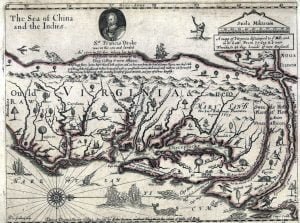Archaic Period
Archaic Period (7,000 BC – 1000 BC) The early part of this cultural period was characterized by warm, dry conditions. Sandy deserts existing in the coastal plain of the Carolinas, but probably, the landscape in the Shenandoah Valley would have been similar to that of eastern Colorado today. Ocean levels were continually rising because of melting glaciers and ice caps in the northern latitudes. By around 5000 BC, western Virginia’s climate was fairly close to what occurs today. After the concurrent die-off of many large mammals and warming of western Virginia, herds of three ruminant species, deer, bison and elk, … Read more

